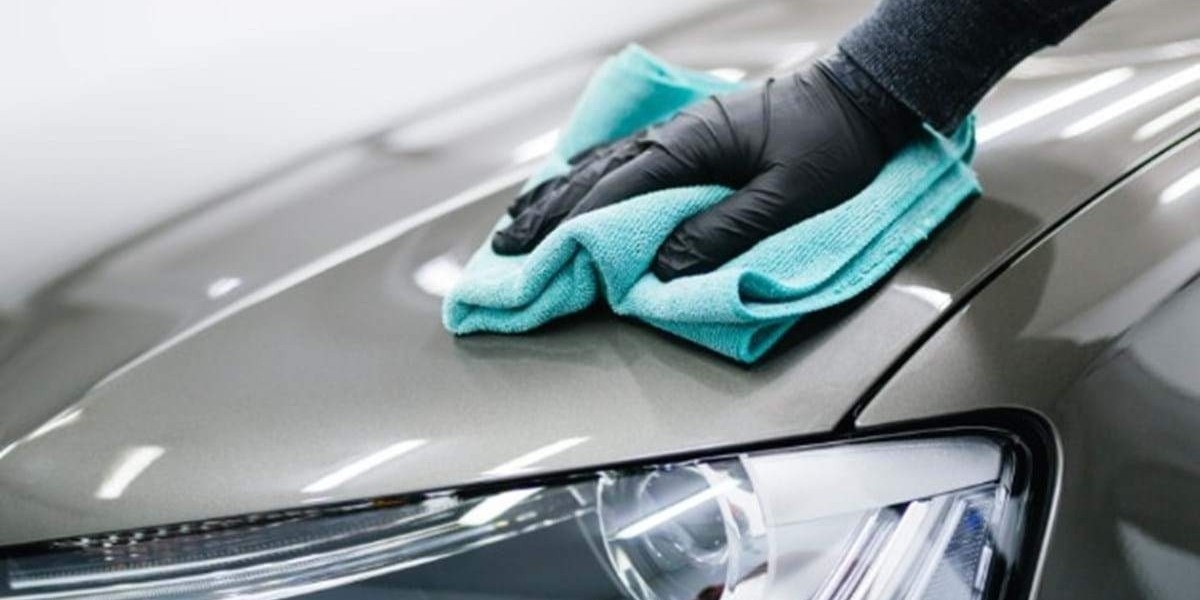Introduction
In the world of automotive care, car polish plays a crucial role in maintaining the appearance and longevity of your vehicle. Beyond mere aesthetics, car polish serves as a protective barrier against environmental contaminants and helps preserve the paintwork. Understanding its significance and how to choose the right polish can make a significant difference in your car's upkeep.
What is Car Polish?
Car polish is a product designed to improve the shine and smoothness of a vehicle's exterior surfaces. It contains abrasives that work to remove minor imperfections such as swirl marks, light scratches, and oxidation from the paint, restoring its original luster. Unlike wax, which primarily provides a protective layer, polish is more focused on refining the surface by leveling out irregularities.
Enhancing Aesthetics
One of the primary reasons car owners use polish is to enhance the aesthetic appeal of their vehicles. Over time, paint can become dull due to exposure to sunlight, pollutants, and regular wear and tear. By applying car polish, you can restore the glossy finish and depth of color, giving your car a showroom-like appearance.
Protecting the Paint
Beyond aesthetics, car polish acts as a protective shield for your vehicle's paintwork. The abrasives in the polish help to smooth out the surface, reducing the visibility of scratches and creating a uniform finish. This smooth surface makes it more difficult for dirt, grime, and other contaminants to adhere to the paint, making your car easier to clean and maintaining its cleanliness for longer periods.
Types of Car Polish
There are several types of car polish available, each catering to different needs:
All-in-One Polish: Combines polishing and waxing into a single product, suitable for regular maintenance and minor corrections.
Rubbing Compound: A more abrasive polish designed to remove deeper scratches and imperfections. It requires careful application to avoid damaging the paint.
Finishing Polish: A less abrasive polish used after heavier correction to refine the paint surface and enhance gloss.
How to Apply Car Polish
Applying car polish requires careful preparation and technique:
Prepare the Surface: Wash and dry your car thoroughly to remove any dirt or contaminants that could scratch the paint during polishing.
Apply Polish: Use a foam applicator pad to apply a small amount of polish onto the pad. Work in small sections, applying moderate pressure in circular motions.
Buffing: After allowing the polish to dry to a haze, buff it off using a clean microfiber towel. This step removes excess polish and reveals the enhanced shine.
Final Inspection: Inspect the finish under different lighting conditions to ensure even coverage and a consistent shine.
Choosing the Right Car Polish
When selecting a car polish, consider the following factors:
Abrasiveness: Match the polish's abrasiveness to the severity of imperfections on your car's paint.
Compatibility: Ensure the polish is compatible with your car's paint type (e.g., clear coat, single-stage).
Ease of Use: Some polishes require more skill and effort to apply correctly than others.
Conclusion
Car polish is not just about making your vehicle look good—it's about protecting your investment. By regularly polishing your car, you can extend the life of its paintwork, maintain its resale value, and enjoy a pride-inducing shine every time you hit the road. Whether you're a casual enthusiast or a dedicated car care aficionado, understanding the benefits of car polish and how to apply it properly will keep your ride looking its best for years to come. Treat your car to the care it deserves with the right polish, and you'll reap the rewards of a gleaming, well-protected vehicle.









